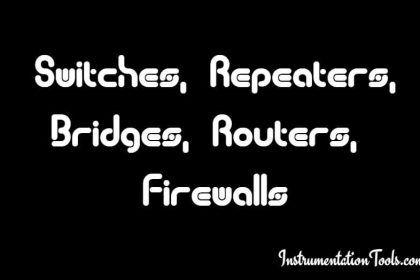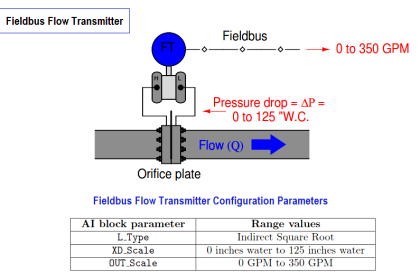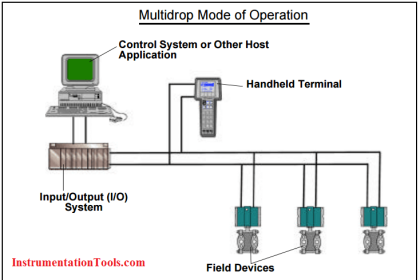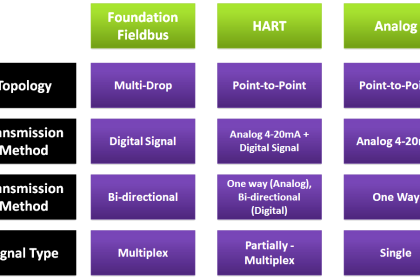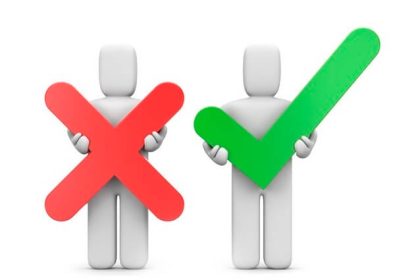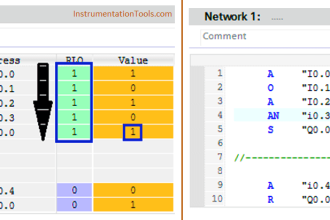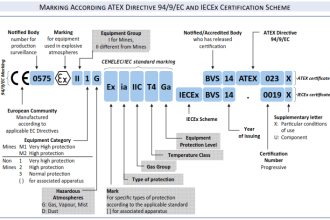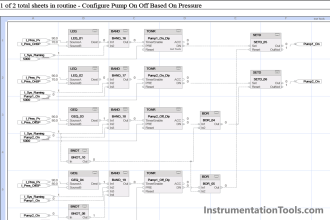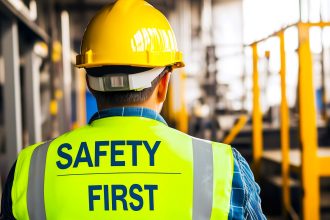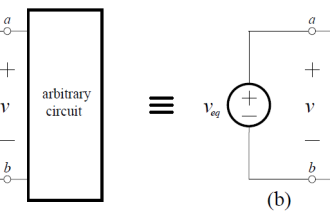In networking, when you are communicating between two devices, it is important that they both have the same settings and configurations. Without this, it will not be possible to establish communication. But, there is one option where you can communicate between devices with some different settings. This is called auto-negotiation. But for this to happen, both devices must have an auto-negotiation feature in it. This protocol is supported nowadays in many Ethernet devices. In this post, we will see the concept of auto-negotiation in networks.
Why is auto-negotiation used?
Let us consider a case where there are two devices communicating on Ethernet. One device has a maximum configuration of 10 Mbps, and the other has a maximum configuration of 100 Mbps. Or else, take a case where both the devices have the same speed, but one is half duplex and the other is full duplex. In this case, the device with a higher configuration will be able to withstand the data flow easily, but the one with a lower configuration will be overloaded with data and or not able to match the speed. The lower device will then lose data and the user will face issues in getting proper communication.
To solve this issue, a feature or protocol called auto-negotiation is available in network devices. To be more accurate, it is present in network interface cards or NIC. Auto-negotiation solves the problem by making the devices communicate with each other in different settings. Let us see further how this system works.

How does auto-negotiation work?
Continuing with our case, both devices must have an auto-negotiation feature in it. When it is enabled, as the term defines, both devices will first talk to each other about their settings. The lower one will tell the higher one that he has lower settings and cannot match his one. So, the higher one will negotiate by telling him that he will break down his rate and bring it to a lower one which will then match. Once it is negotiated, the communication will start and it will happen at the lowest decided speed and data length. This is called auto-negotiation. The two devices decide together on the best possible speed and duplex mode.
Auto-negotiation is possible through the use of fast link pulses or FTP. It is a 16-bit code and is in the form of a burst of electronic pulses. It is made of settings required to auto-negotiate between two devices. This is possible through information encoded inside it in digital form. As mentioned earlier, it will contain all the network port configuration and will be used to communicate it’s network status. These bursts of pulses are sent when the device boots up or when a network cable is just connected or basically when it detects network activity. Due to this, it will initially configure all the negotiations between two devices and then start communication with the lowest possible configuration. So, for this to function, both the devices or NIC’s must have an auto-negotiation feature enabled in it.
The following parameters are communicated in auto-negotiation – speed, duplex mode, flow control (helps in preventing data loss and heavy loads), and master-slave parameters.
Also, it should be noted that FLP requires acknowledgment between devices to communicate. During the FLP burst sequence, if both devices have acknowledged that the data flow has been negotiated, then the actual data flow will start between them. That is why, FLP plays a very important role because all the settings data and required acknowledgments are contained in this 16-bit encoded data form.
In this way, we saw the concept of auto-negotiation in the network.
Read Next:
- Difference Between TCP and UDP
- What is Rapid Spanning Tree Protocol?
- Network Switch Port Allocation Details
- Facts About RS485 Industrial Network
- Cable Lengths in Ethernet Network
